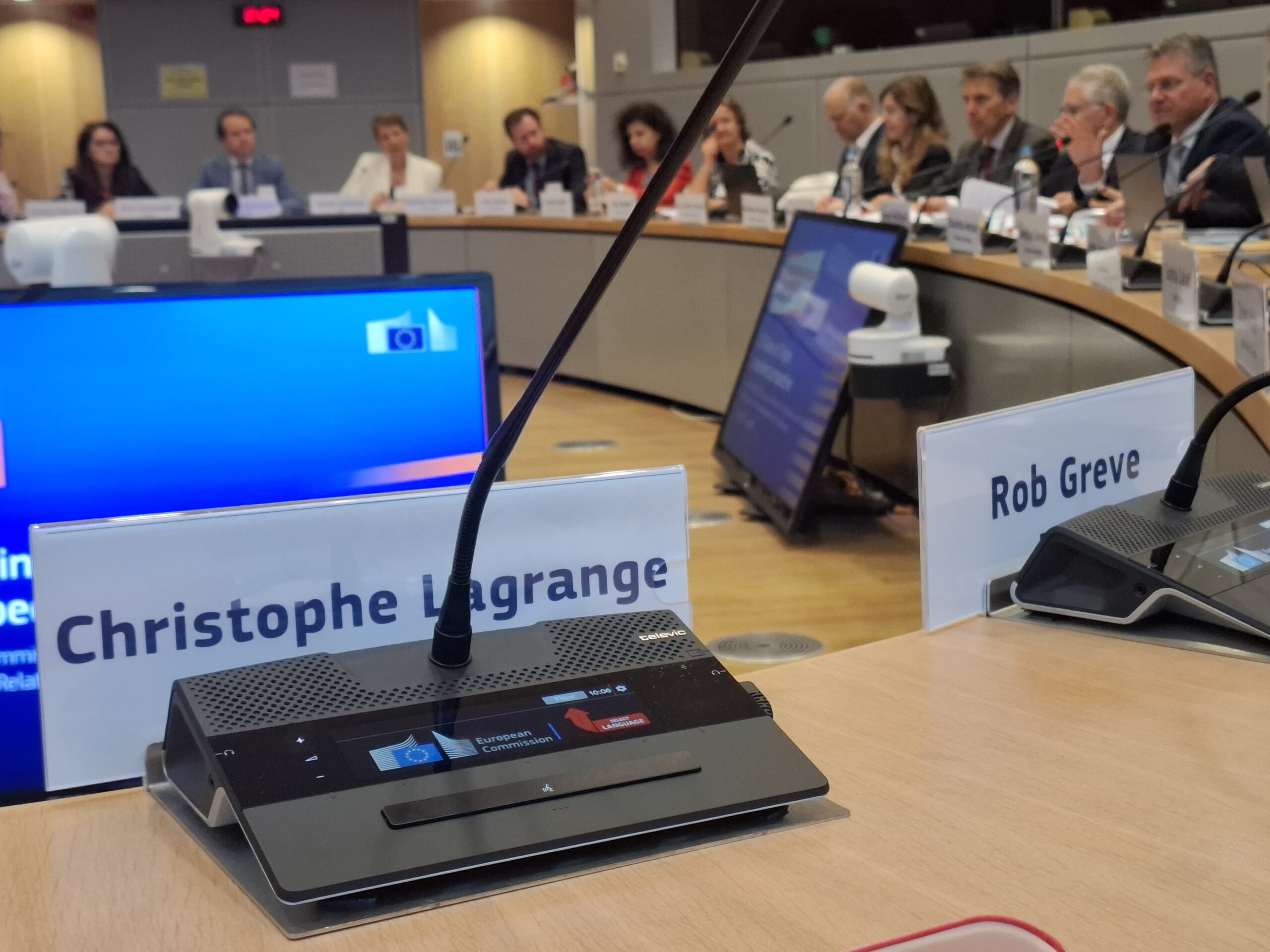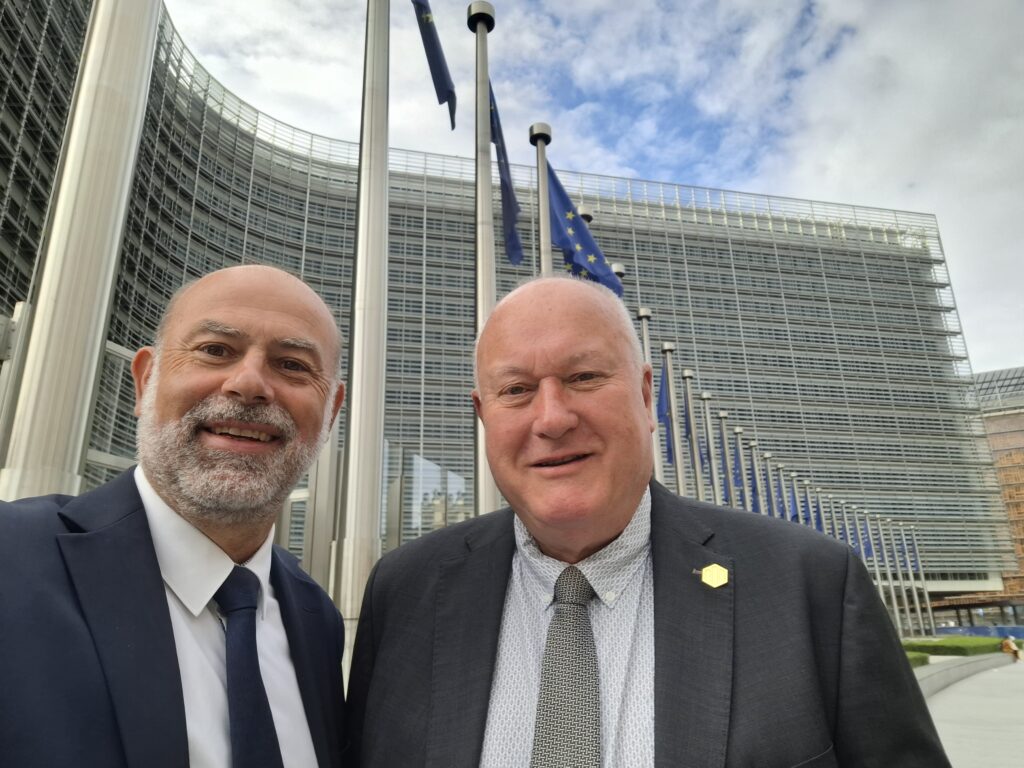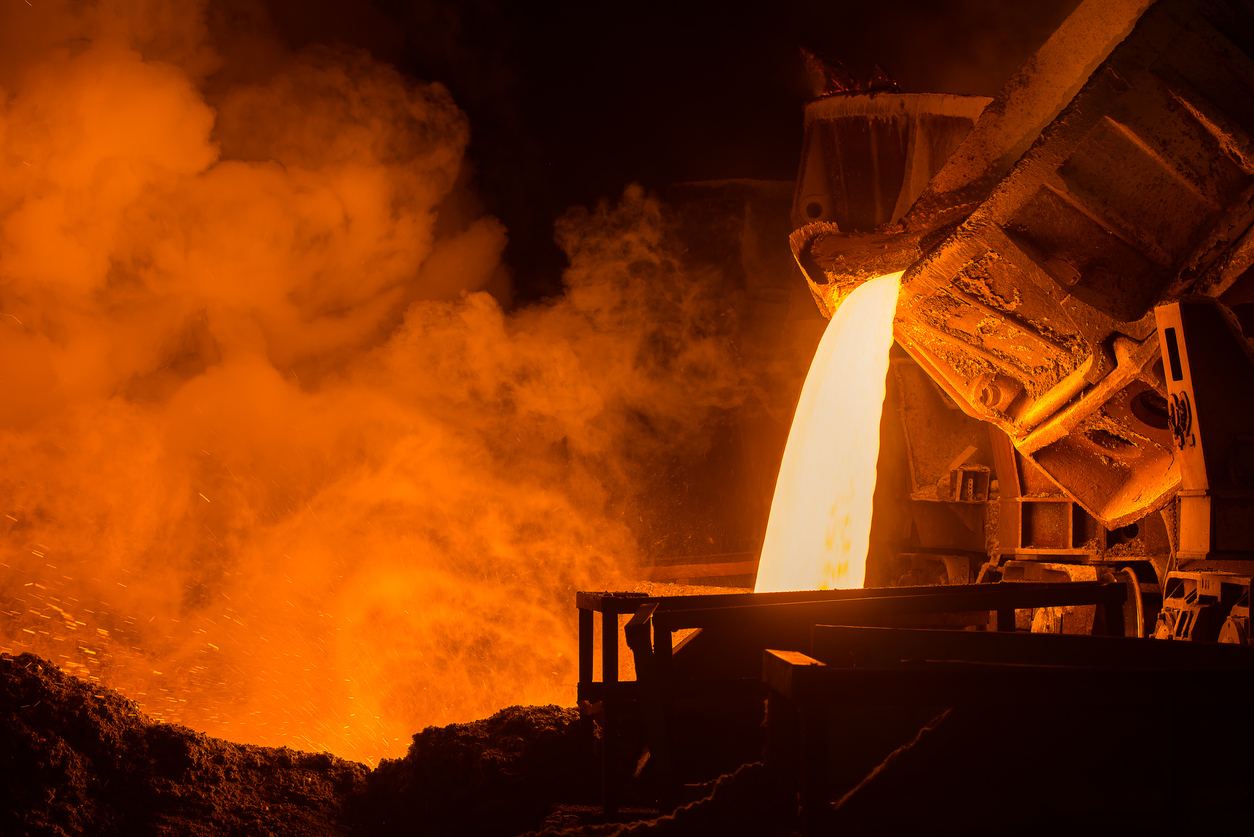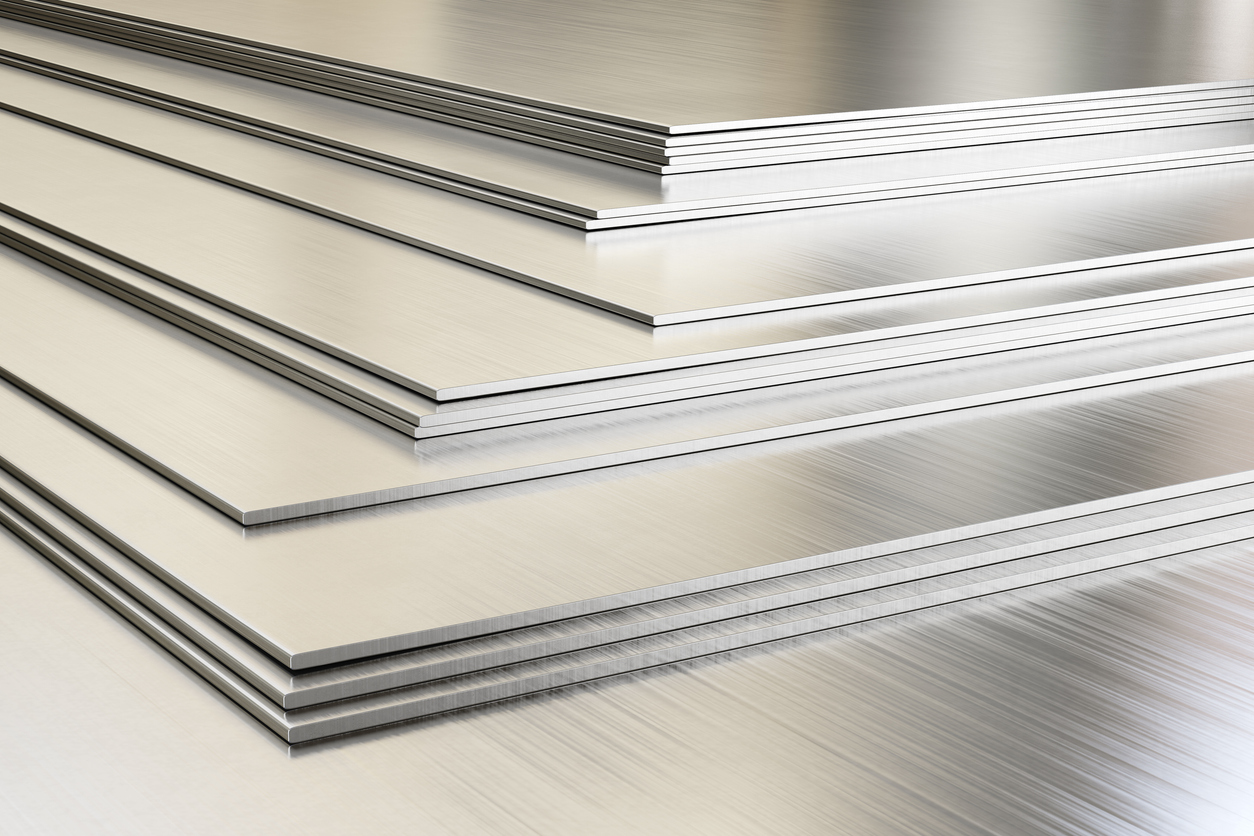
EURANIMI among stakeholders at EU dialogue on Rules of Origin
On 11 July 2025, EURANIMI took part in the European Commission’s Implementation Dialogue on Rules of Origin [link to photo report], held at the Berlaymont in Brussels. Chaired by EU Commissioner Maroš Šefčovič and convened by DG TAXUD, the meeting brought together some twenty associations and manufacturers from different sectors of industry.
EURANIMI welcomed this structured dialogue. Predictability, neutrality, and legal certainty in the EU customs framework directly affect thousands of SMEs across Europe, especially independent distributors of stainless steel and aluminium.
Legal Certainty: the backbone of rules of origin
Rules of origin are the legal backbone that determines where a product comes from – and therefore which trade defence rules apply to it. For SMEs, clarity is not optional: it is vital for survival.
Article 60(2) of the Union Customs Code (UCC DA) provides a robust and logical test: goods are deemed to originate in the country where they underwent their last substantial, economically justified processing in an undertaking equipped for that purpose, resulting in a new product or an important stage of manufacture.
This reflects industrial reality: origin should attach to the last substantial transformation, not to arbitrary upstream steps. The European Court of Justice (ECJ) confirmed this approach in Case C-210/22, ruling that processes such as cold drawing of stainless steel tubes are substantial transformations that confer new origin. This judgment underscores the need to adapt secondary “list rules” in Annex 22-01 UCC DA, which remain inconsistent with Article 60(2).
The Drift towards Protectionism
EURANIMI warns against a dangerous drift: the misuse of rules of origin as protectionist tools. This practice harms European SMEs and directly contravenes WTO rules: Article 2(b) makes clear that origin rules must never be used to pursue trade policy objectives.
A striking example is the treatment of rolling operations in anti-circumvention cases under Article 13 of the Basic Anti-Dumping Regulation. Hot rolling and cold rolling are capital-intensive processes that alter the properties of steel and represent an important stage of manufacture. They are transformations in every sense.
Yet in recent cases, including investigations on stainless flats from Indonesia, such rolling was dismissed as “one-piece assembly”. This is a legal fiction: nothing is assembled – a single hot-rolled product is transformed into cold-rolled steel. Forcing rolling into the “assembly” category applies origin criteria intended for assembly operations, not for genuine industrial processes. Such artifices undermine Article 60(2), breach WTO principles, and create legal uncertainty for operators.
article continues below picture

EURANIMI Executive Board Members Christophe Lagrange and Rob Greve at the European Commission’s Berlaymont Building in Brussels.
The Illusion of Melt & Pour
The proposed “melt and pour” criterion represents a similar distortion. In the understandable attempt to address endemic overcapacity in certain producer countries, such a rule would assign origin solely to the country where crude steel was first melted and cast.
Yet far from offering a solution, this approach ignores subsequent substantial processing and, worse, creates collateral damage: it generates legal uncertainty and inconsistent enforcement across the EU.
EURANIMI has explained why the so-called “melt and pour” principle is untenable:
- Not neutral: By design, it targets a handful of specific third countries, contrary to WTO rules.
- Not verifiable: Importers and customs authorities alike have no technical means to establish with certainty where liquid steel was first melted. In practice, enforcement would depend entirely on mill certificates, which can easily be substituted or falsified by any previous link in the supply chain. Without technical certainty, the criterion cannot be applied in a reliable or uniform way.
- Not practicable: Stainless steel products undergo multiple transformations — from slabs to hot-rolled coils, then to cold-rolled coils, slitting, and finally into welded tubes or sheets. A single batch of products may combine coils of different origins welded end-to-end. Tracing origin back to the first melt in such cases is not only illogical, it is unworkable.
Some argue that a similar system has worked for years in the United States under the Steel Import Monitoring and Analysis (SIMA) programme. This comparison is misleading. SIMA is purely a statistical monitoring tool for import flows; it does not determine customs origin and carries no binding legal consequences.
By contrast, introducing “melt and pour” into EU law would fundamentally alter origin determinations, leading to differences in interpretation and application across Member States – creating legal uncertainty and litigation risks throughout the Union.
EURANIMI’s Constructive Proposals
To ensure predictability and neutrality, EURANIMI urges the Commission to:
- Reaffirm Article 60(2) UCC DA as the cornerstone of EU origin rules and align all secondary list rules accordingly.
- Ensure coherence between customs law, trade-defence instruments, and new mechanisms such as CBAM.
- Reject the “melt and pour” origin criterion
- Publish clear guidance and FAQs on rules of origin, including sector-specific examples.
- Focus enforcement on fraud, not on burdening legitimate operators with unworkable obligations.
In Short
The purpose of origin determination is simple: to provide clarity and legal certainty. It must remain a technical task, not become a political act, and certainly not a disguised trade-defence measure. EURANIMI will continue to engage constructively with the European institutions to defend independent SMEs and to uphold a transparent, rules-based trading system.
Believe in what we do? Add your weight to EURANIMI’s voice by becoming a member.
Related Articles
Case Documents
Please log in as a member to consult all related case documents.



